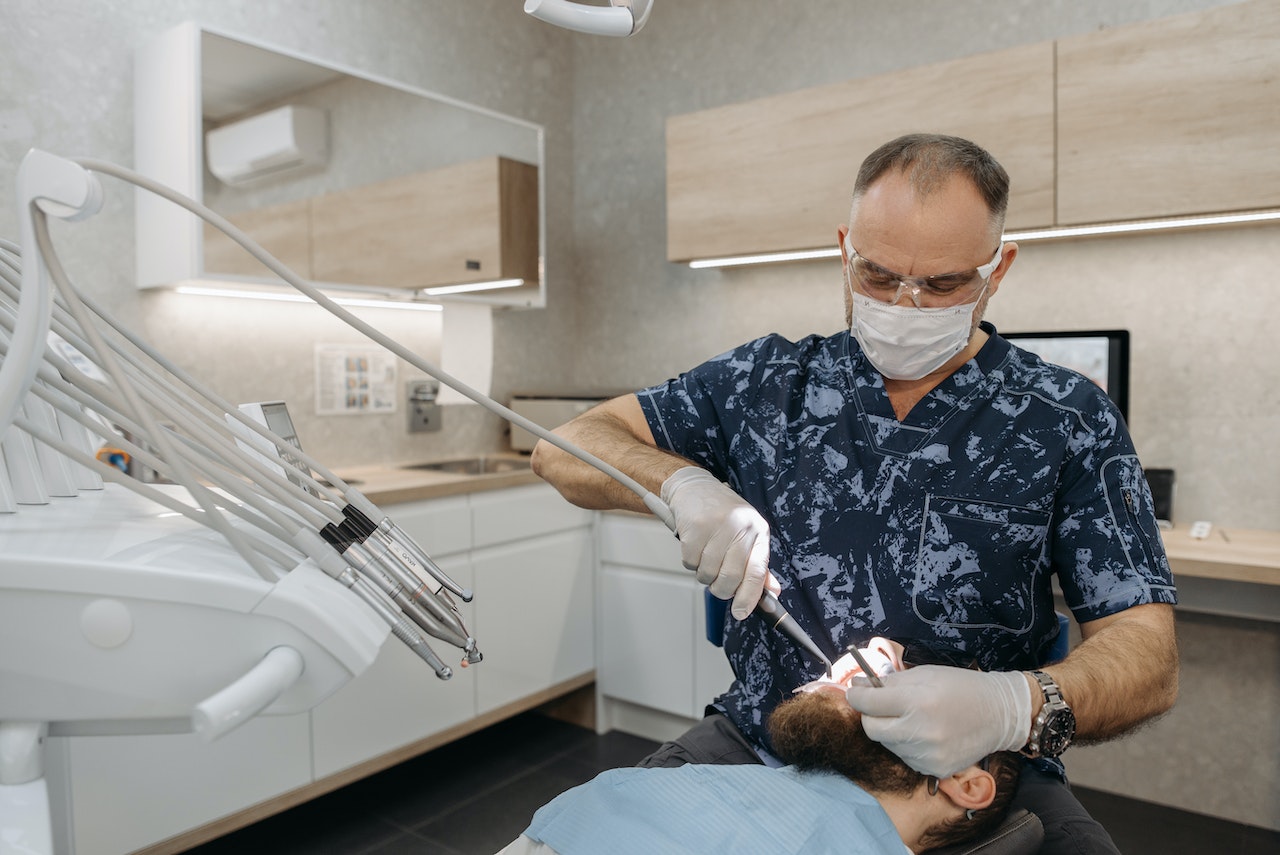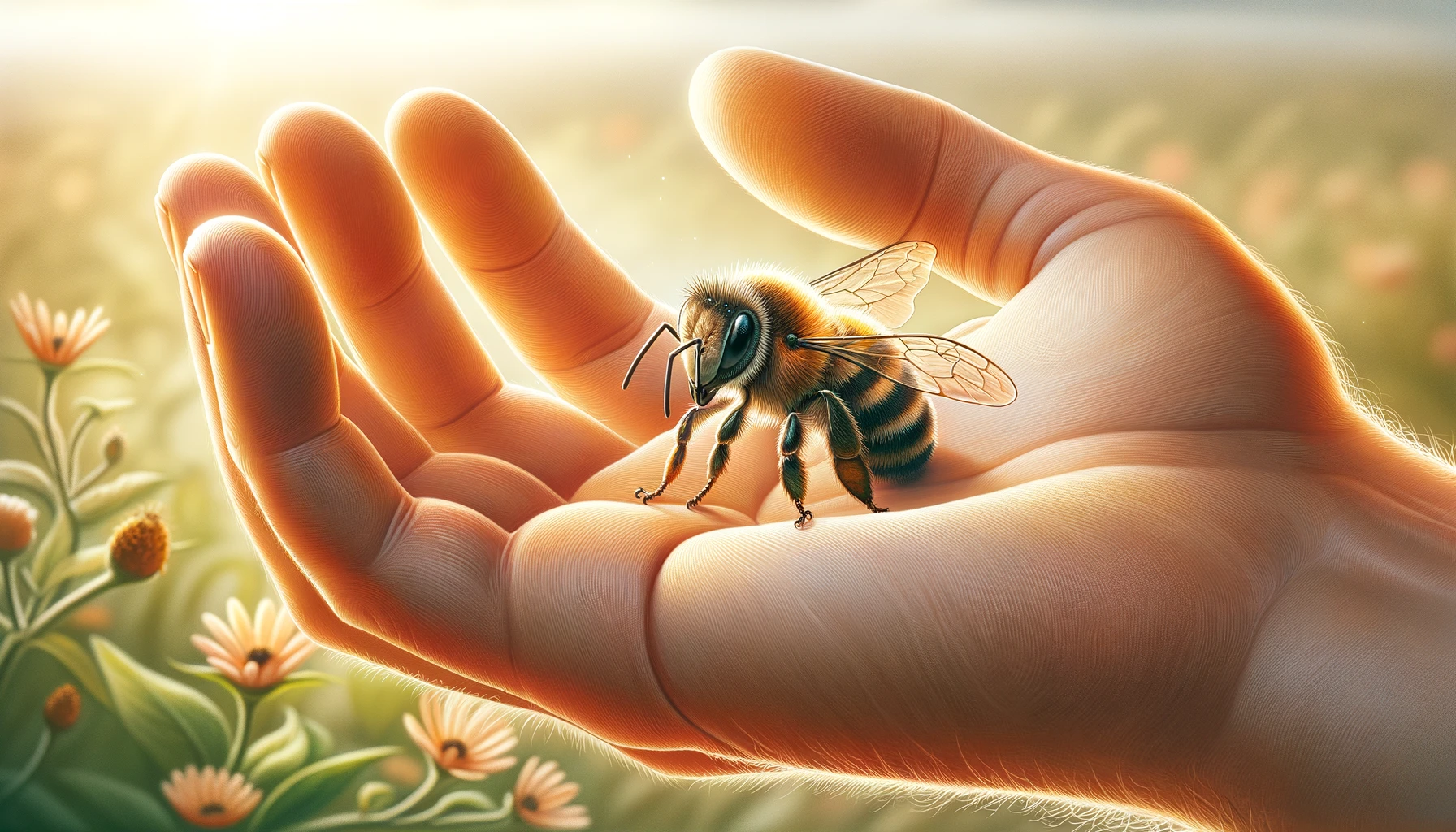Alright, reader! Buckle up. Today, we’re diving deep into the world of cancer. Not because it’s the fun summer topic you were hoping for, but because, well, apparently you clicked on this. So, here we are. Let’s chat about the most common cancers out there and trust me, they’re such attention-seekers.
1. Breast Cancer: The ‘It Girl’ of Cancers
Think of this as the Hollywood A-lister of the cancer world. Everyone’s heard of it, some know it personally, and it sure likes attention. Found in the breast, but no, it’s not picky – guys can get this too!
Risk Factors: Sorry gents, you’re not exempt! While ladies are at a higher risk, men can get breast cancer too. Other risk factors include age, family history, inheriting certain genes, early menstruation or late menopause, and exposure to estrogen. And let’s not forget lifestyle choices like excessive alcohol intake. Cheers!
Symptoms: Look out for lumps, but not all are malignant. Other signs include nipple discharge (other than breast milk), changes in the size or shape, skin dimpling, redness, the “orange peel” texture, and pain in any part of the breast.
Treatment: Options include surgery, radiation therapy, chemotherapy, hormone therapy, or targeted therapy. Just a few choices for our “It Girl.”
Advice: Early detection is key. Annual mammograms are recommended for women over 40 (or younger if high risk).
2. Lung Cancer: Because Lungs Wanted a Starring Role Too
Ever felt like your lungs wanted more attention? Enter: lung cancer. Mostly a result of smoking, but sometimes, just because they felt left out.
Risk Factors: Top of the list is smoking. But wait! There’s more! Exposure to secondhand smoke, asbestos, radon gas, and other hazardous substances can also get you a seat in this not-so-coveted club.
Symptoms: Persistent cough, chest pain, hoarseness, weight loss, and bone pain. Basically, if your lungs are singing a song of distress, listen to them!
Treatment: Again, options like surgery, radiation therapy, chemotherapy, targeted therapy, and immunotherapy are on the table. Oh, lungs, always wanting to be the center of attention.
Advice: If you smoke, QUIT. Like, yesterday. If you don’t smoke, DON’T start. Simple, right? Also low-dose CT scans are recommended for long-term smokers over 55.
3. Prostate Cancer: For the Men Who Thought They Were Safe
Hey gents! Thought you were safe from the limelight? Think again. Prostate cancer is like that unexpected visitor showing up just when you thought you were about to have some “me time.”
Risk Factors: Age, because apparently getting old isn’t gift enough. Also, family history, obesity, and ethnicity play roles.
Symptoms: Trouble urinating, blood in the semen, erectile dysfunction, pain in the pelvic area. It’s a literal pain in the butt (or close enough). Prostate-specific antigen (PSA) levels can be an indicator, but it’s not definitive. Some non-cancerous conditions can also raise PSA.
Treatment: Surgery, radiation therapy, cryosurgery (where they freeze the cancer cells), hormone therapy, and vaccines are among the options. Variety is the spice of life!
Advice: Get regular PSA tests and screenings, especially if you’re over 50 (or younger if high risk). It’s like a car check-up but for your man parts.
4. Colorectal Cancer: Because Your Butt Has Feelings Too
Your derriere wanted in on the action, and voilà! The colorectal star was born. It’s the diva that can sometimes give you a real pain in the… well, you get the idea.
Risk Factors: Age, a diet low in fiber and high in fat, a diet high in red and processed meats, certain bowel diseases, and a sedentary lifestyle. Yes, that Netflix binge might be riskier than you thought!
Symptoms: Changes in bowel habits, rectal bleeding, persistent stomach discomfort, and fatigue. Your bum might be trying to tell you something.
Treatment: The usual suspects: surgery, chemotherapy, radiation therapy, and targeted therapies. Basically, the whole enchilada.
Advice: Get colonoscopy (which is the gold standard), recommended starting at age 45 or 50. Because nothing says “adulting” like a colonoscopy.
5. Melanoma: The Dark Side of Sunbathing
This is the drama queen of skin cancers. Always making an entrance after a long day at the beach or a lifetime of tanning. A reminder that the sun’s kisses can sometimes burn!
Risk Factors: Fair skin (sorry, pale pals!), history of sunburns, excessive UV exposure (yes, those tanning beds are evil), and a family history of melanoma. Some moles might be cute, but some could be deadly.
Symptoms: Moles that are suspicious-looking, change size, color, or feel, or moles that bleed. The ABCDE rule can help identify melanoma: Asymmetry, Border irregularity, Color that is not uniform, Diameter > 6 mm, and Evolving size, shape or color. Basically, if a mole is acting shady, it’s time to get it checked.
Treatment: Depending on the stage, you might go for surgery, immunotherapy, targeted therapy, chemotherapy, or radiation therapy. There’s no one-size-fits-all here.
Advice: Worship the sun from the shade. And for heaven’s sake, wear sunscreen! SPF is your BFF. Have regular self-checks, and annual dermatological exams if you’re at high risk.
6. Non-Hodgkin Lymphoma: The One No One Can Pronounce
This one’s a bit of a tongue-twister. A lymphatic system’s way of saying, “Hey, I’m here and I’m complicated.” But aren’t we all?
Risk Factors: Age (again!), certain infections, and a weakened immune system. It’s a mixed bag of “why me?”
Symptoms: Swollen lymph nodes, abdominal pain, chest pain, fatigue, and sudden weight loss. It’s like your body throws a little tantrum.
Treatment: Chemotherapy, radiation therapy, stem cell transplant, and immunotherapy. Because why have one option when you can have them all?
Advice: There’s no surefire way to prevent it, but a healthy lifestyle doesn’t hurt. Have Regular check-ups, especially if you have swollen lymph nodes or other symptoms.
7. Bladder Cancer: The One That’s Pissed Off
Literally peeved. The bladder sometimes throws its tantrum, mostly when it’s been exposed to things it didn’t quite like. Let’s just say it doesn’t hold its feelings… or urine well.
Risk Factors: Smoking (surprise!), exposure to certain chemicals, chronic bladder inflammation, parasitic infection, and untreated bladder stones might increase the risk.
Symptoms: Blood in urine (it’s not a new shade of pee), pain while urinating, and frequent urination. Basically, your toilet trips might be TMI.
Treatment: Surgery, immunotherapy, targeted therapy, chemotherapy, and radiation therapy. Bladder cancer might be exclusive, but its treatments sure aren’t.
Advice: Don’t smoke. And be cautious around industrial chemicals. Cytoscopy and urine tests for those at high risk are recommended.
In conclusion, cancer can be a real party crasher, and as much as we’d like to uninvite it, it’s crucial to be aware. While this guide is dripping in sarcasm, the message is genuine: Take care of yourself, get regular screenings, and listen to your body. It’s the only one you’ve got. And who knows? Maybe one day, we’ll be writing a amusing article about how cancer USED to be a thing. Here’s hoping!
Pro Tips for Keeping Cancer on the Ropes
- Talk to Your Genes (and Your Doc): Family history can be more than awkward holiday gatherings and hand-me-downs. Know your family’s medical history. Your genes might have spilled the beans to your doctor about potential risks.
- Vices Have Prices: You love your wine. And your smokes. And maybe that extra crispy tan. But moderation is key. Remember, vices might make for great party stories but not so much for your health records.
- Beware of Dr. Google: Googling symptoms can make a common cold look like a rare, tropical disease. While being informed is great, it’s essential to consult an actual human doctor, not an algorithm.
- Screening Isn’t Just for Movies: Cancer screenings are like sneak previews for potential health issues. The earlier you catch the show, the better chance you have at an epic, happy ending.
- Life’s a Workout – Literally: A sedentary lifestyle is the couch potato of risk factors. Stand up, dance, jog, or just wiggle – get that heart pumping and those muscles flexing!
- Diet – Not the Four-letter Word You Hate: Fruits, veggies, whole grains – no, it’s not the boring section of the menu. It’s the “keep your body in stellar shape” section. Indulge in colorful plates and, occasionally, a cheat day. We’re all human.
- Stress Less or Mess, I Guess?: Chronic stress can be a silent troublemaker. Yoga, meditation, deep breathing, or just a hearty laugh – find your zen. Your body and mind will thank you.
It’s essential to stress that while early detection and treatment are crucial, prevention remains the most potent weapon against cancer. This includes adopting a healthy lifestyle, avoiding known carcinogens, and getting vaccinated against viruses that can cause certain cancers (like HPV and hepatitis B). Always keep an open line of communication with healthcare providers about concerns and changes in your body.
In a nutshell, life’s unpredictable, but taking steps towards better health? Now that’s one choice that’s always in style. Stay sassy, stay informed, and most importantly, stay healthy! 🎀🎗️🕶️
Frequently Asked Quips (FAQs) – Because Everyone Has Questions
Hey, I get it. Cancer is no joke. But sometimes, a sprinkle of humor can help make tough topics a little more digestible. Don’t forget, behind the sass is solid advice!
While Google has its merits (like looking up cute cat videos), diagnosing medical conditions isn’t one of them. Always consult a human doctor for health concerns, not a search bar.
If only! While a healthy lifestyle is an A+ move, there are no guarantees. It does, however, significantly boost your odds in the “not getting sick” lottery.
While your genes might be giving you a head start, other factors, including environment and lifestyle, can play roles too. So, don’t skip those check-ups!
Absolutely! Think of it as routine maintenance for your body. Sometimes, issues don’t show symptoms until they’re more advanced. It’s like checking for a leak before the ceiling caves in.
It’s different for everyone and depends on your age, gender, family history, and other factors. Have a chat with your doc (again, the human one, not Google) to determine your best schedule.
As fun as that sounds, no. Live life, but with awareness. Know the risks, make informed choices, and get regular check-ups. Bubbles are overrated, anyway.



